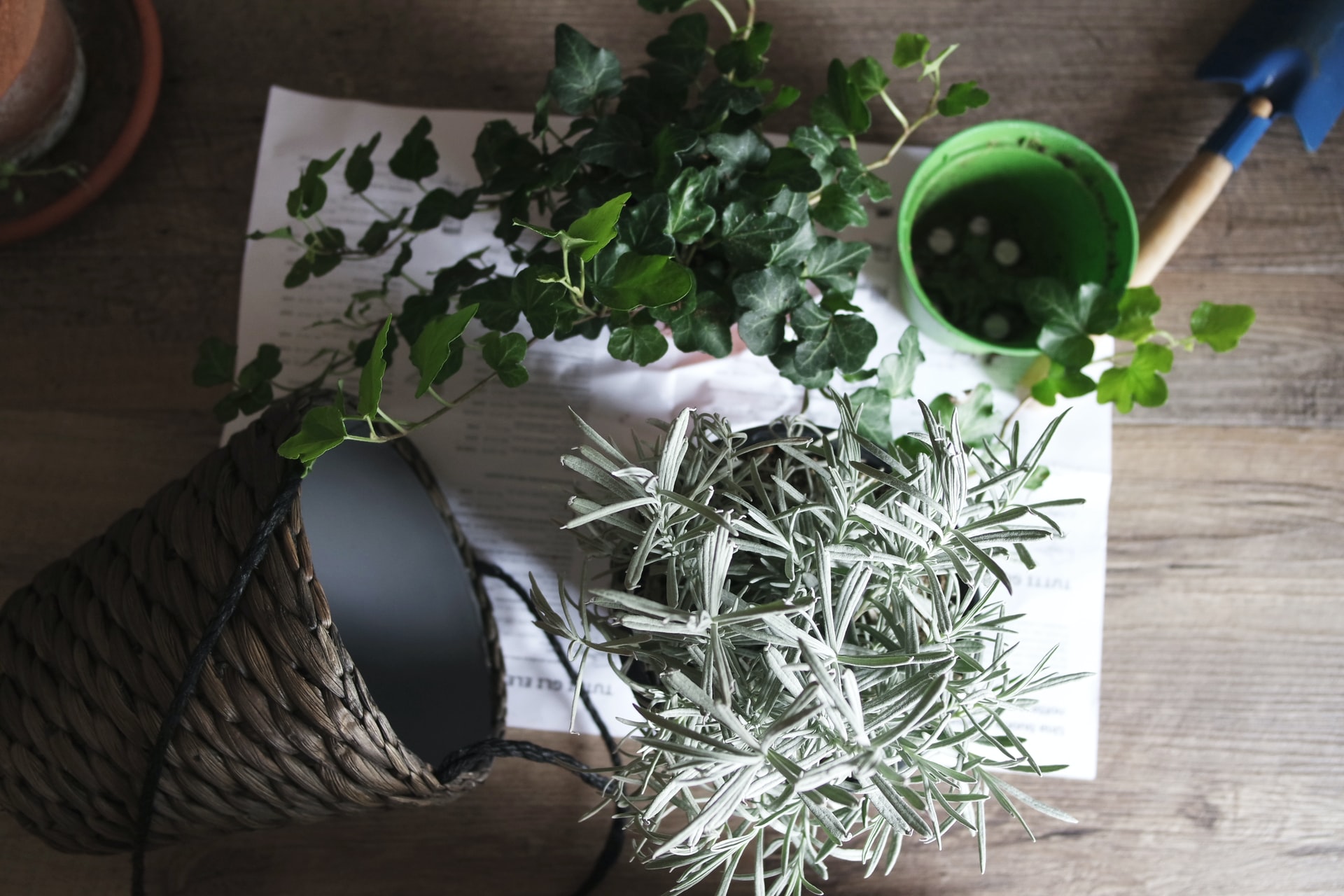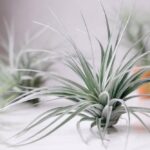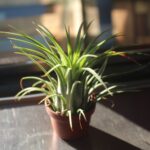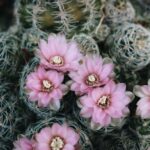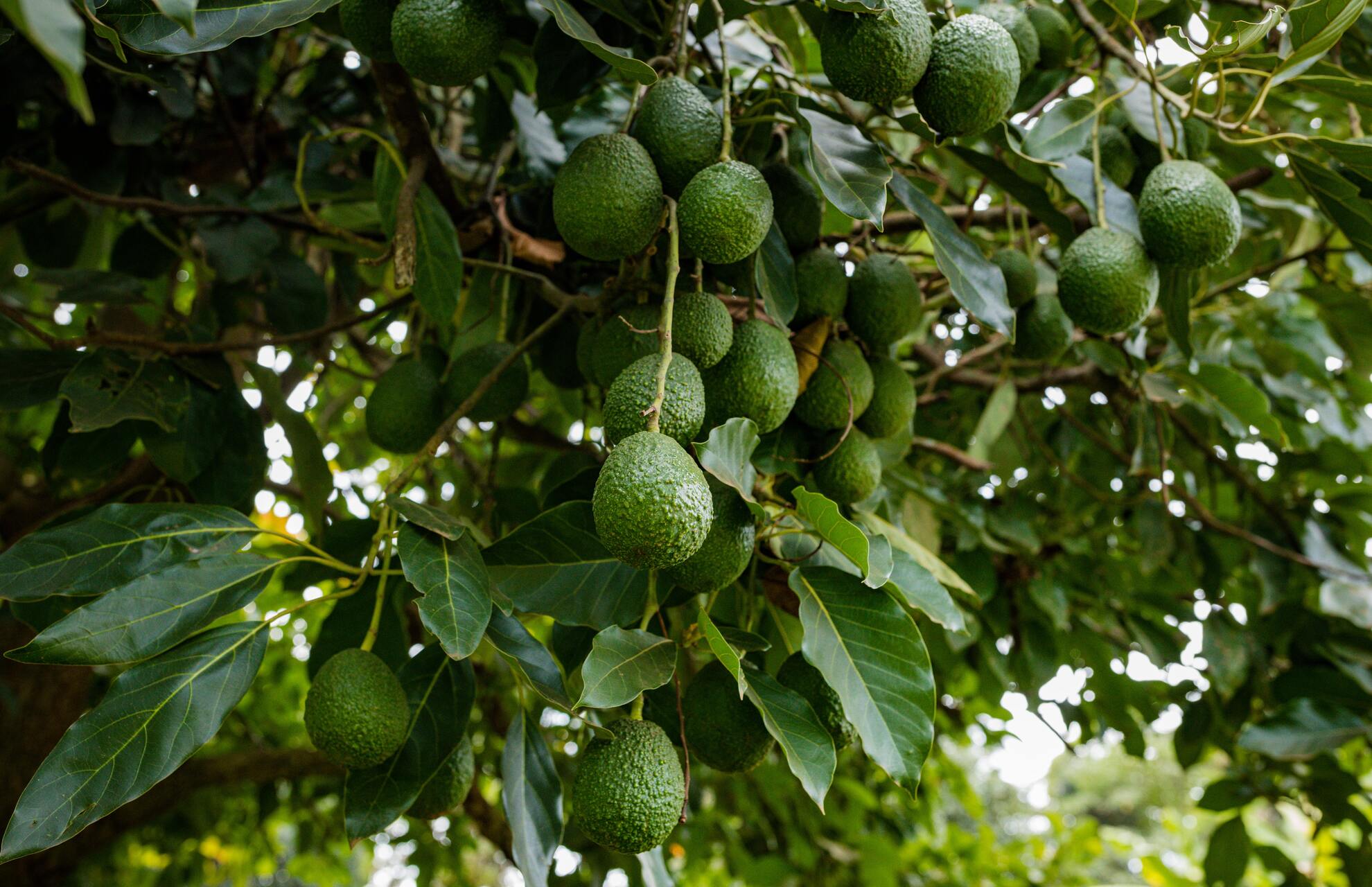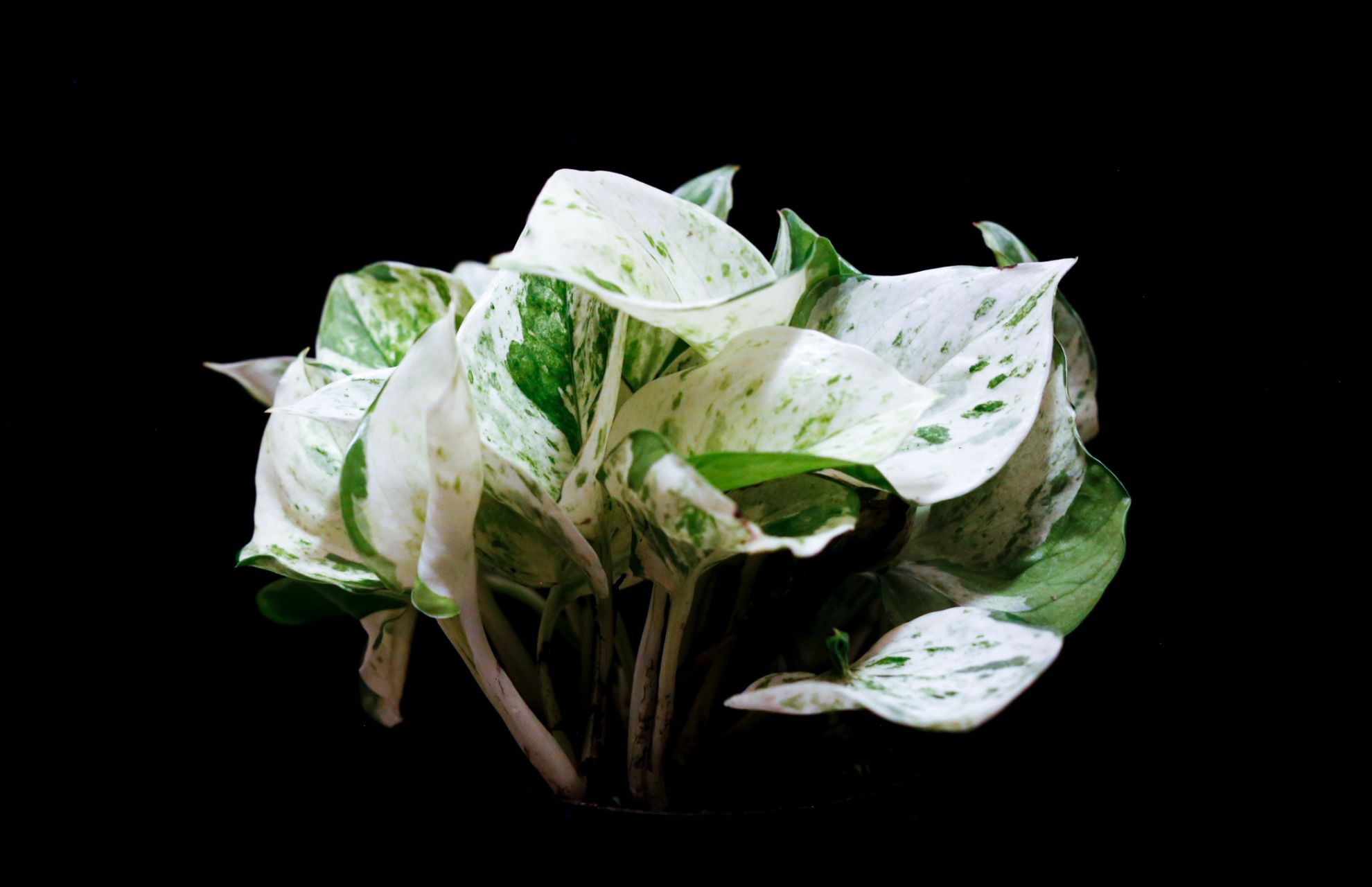Potting your houseplants is simple with a few straightforward hints and techniques. Proper potting is essential to setting your plant up for success, whether you want to change the decor or it is overgrown. Let’s examine what you should know before you smoke weed.
How to Spot a Potbound Plant
The only actual requirement for repotting, unless you’re doing it purely for aesthetic reasons (perhaps you have a favorite pot you’d want to use), is when the plant has gotten potbound, which means the roots are so dense that they’re out of room and soil. While some indoor plants don’t need to be replanted for years, others can need it every year.
The following are indications that your houseplant is potbound:
- sporadic new growth and tiny leaves
- roots evaporating from the pot
- the top-heavy growth causing the pot to topple easily
- plants that are perpetually thirsty despite receiving frequent watering
- Salt buildup on the potting mix’s surface or inside the container’s rim
Remove your plant from the container and examine the roots if you suspect it may be potbound. It’s time to repot into a slightly larger container if the roots are so dense that they are growing in tight spirals or out the bottom of the pot.
When to Repot
For most houseplants, spring is the greatest time to repot because that is when their growth is at its most active. If you observe some leaf drop or slowed growth after repotting, don’t panic. The plant self-regulates the amount of aboveground growth it has to support because the act of repotting damages the roots to some extent. Outside of the growing season, this transition period could take a little longer but typically lasts a couple of months.
Choosing the Drain Holes for the Container
We strongly advise picking a container with a drain hole so that your roots won’t be stranded in standing water. This results in root rot, which is probably the most frequent cause of houseplant demise since the roots run out of oxygen. Keep the plant in its original plastic grow-pot and stage it in the ornamental pot, removing it each time you water, if your chosen container has a drain hole. Without drain holes, it is still possible to grow plants in containers, but it can be more difficult to maintain the proper water balance and prevent the soil from becoming excessively wet.
Material
The type of indoor pottery you choose will mostly rely on your own particular style. It is available in a wide range of materials, including ceramic, terra cotta, wood, porcelain, glazed clay, fiberclay, cement, and plastic. There are also certain practical matters to take into account. Consider selecting a strong material that won’t topple over if you have a tall floor plant, such as cement, terra cotta, or glazed clay. Plastic or fiberclay are two options that are lightweight. Terra cotta is a wise choice if you frequently overwater your plants because of its permeability, which can hasten soil aeration. You might also pick a nonporous container, such as glazed clay or plastic, to keep the moisture within if you were underwater.
Size + Shape
The size of the container is another crucial factor that should be taken into account; it should be proportionate to the size of the plant and its root-ball. Make sure to just go up 1″ or one size of pot if your plant need a larger one. A lot of additional dirt surrounding the root ball will retain water that is not required by the roots, which can eventually cause root rot. Find the tiniest container that can hold the roots for little cactus, which require very little moisture.
Usually, the container’s shape is a matter of taste, but there could be additional factors. For instance, you should avoid selecting a container that is narrow at the base and more prone to tip if you have a tall plant. Additionally, certain pots are made to be shallow, making them ideal for plants with shallow roots like cacti, succulents, pothos, pilea, and peperomia.
Simple Steps to Repot Your Plant
1. Take the plant out of the pot or planter it is currently in.
Your plant will slide out of its current container if you grip it firmly by the stems or leaves while turning it sideways and tapping the bottom of the container. With a few little tugs on the stems’ bases, you might need to assist it a little.
2. Take the roots out.
Use your hands to gently loosen the plant’s roots. Make sure to keep the thicker roots at the base of the leaves and cut any extra-long threadlike roots. If your plant is root-bound, meaning that its roots are developing in extremely small circles around its base, try to untangle them as much as you can before giving them a haircut.
3. Get rid of the old potting soil
Remove at least a third of the old potting soil that is encircling the plant’s roots. You should give your plant new potting soil or mix because as it grew, it may have consumed all or part of the nutrients in the old mixture.
4. Include fresh potting soil
Fresh potting soil should be added to the empty planter, and it should be packed down to eliminate any air pockets. Before adding the potting mix, layer the bottom of the planter with lava rocks or something comparable (rocks, gravel, etc.) if it has a drainage hole. The idea is to carve out areas for the additional water to collect in and flow away from the roots of your plant.
5. Include a plant.
Make sure your plant is centered before placing it on top of the newly added layer of soil in the planter. Then, pour extra potting soil all around the plant to secure it. You want the roots to have room to breathe, so avoid packing the planter with too much soil.
6. Water and enjoy
The potting soil should be evened out, then water well. It’s important to remember that a plant that has just been re-potted doesn’t require fertilizer.

